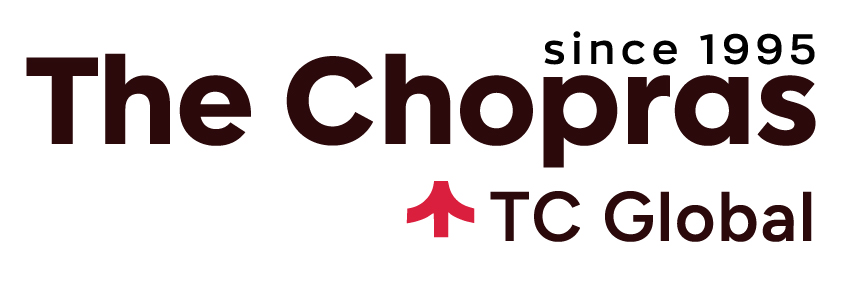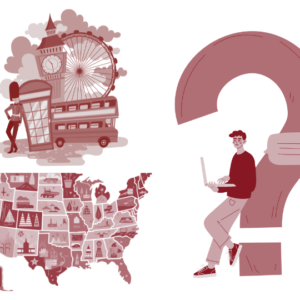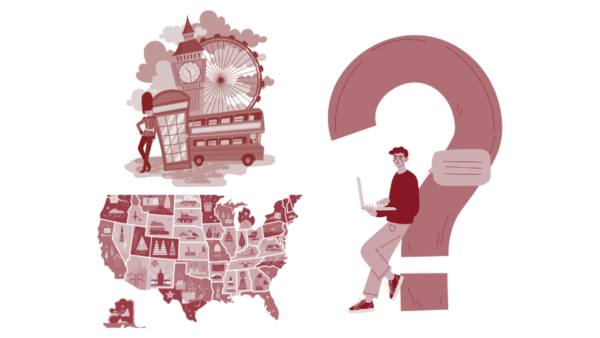In a pre-COVID world, there existed a considerable digital-skills gap, even in some of the most advanced countries in the world. Now, with technology defining the way we work and live, it’s widened all the more.
The problem is twofold, One, of course, is the pre-existing gap – the demand is more than the supply. The other is the fact that even those who had the digital skills now need to up-skill, because of the pandemic-induced change in work trends.
Many economies worldwide are, thus, are faced with the lack of a digitally skilled workforce and the inability to fill IT-related needs. The World Economic Forum estimates that 54% of employees will need significant reskilling by 2022. And while reskilling or upskilling is being adopted by many companies, it hasn’t proved to be as feasible and smooth as transitioning in fresh digitally skilled workforces.
Even the most tech-advanced countries are facing challenges. Ireland is a case in point. Even though it is a largely tech-focused economy, it too faces the challenge of constantly needing to upskill or replace the older workers with fresh graduates (who may be more digitally savvy). Bridging this digital skills gap in the workforce, thus, is an ever-continuing cycle of constantly focusing both on the present and the future workforce without which the setup will stagnate or economies crumble.
Let’s find out more, why is there a digital skills gap and what does it mean.
Table of contents:







![Best Universities in New Zealand for International Students [2025 Rankings]](https://tcglobal.com/wp-content/uploads/2025/09/Best-Universities-in-New-Zealand-for-International-Students-2025-Rankings-600x338.png)